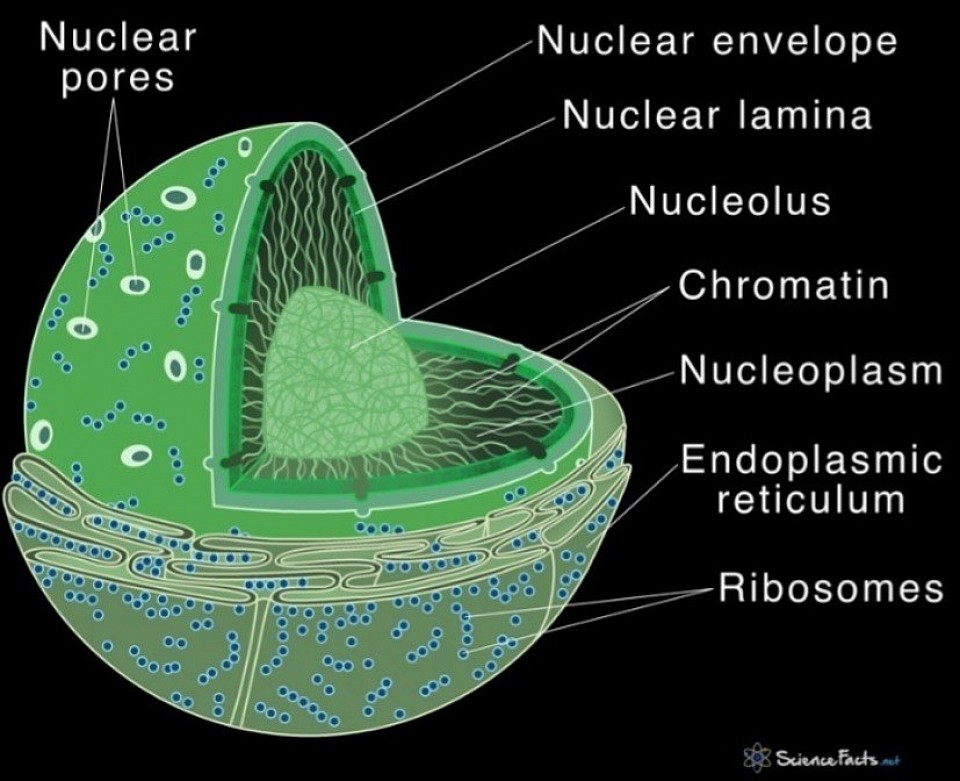-ˋˏ ༻ 2 ༺ ˎˊ-
━━━━━━━•°•°•❈•°•°•━━━━━━━
⟁
The Nation of Nuc
The identity of a nation, it’s history and culture
Nuc’s Identity
Every culture of Organelle starts with the country’s basic identity and the people’s reaction to it
━━━━━━━•°•°•❈•°•°•━━━━━━━
⟁
The Micro Nations
A group of subdivisions that make up the nation of Nuc
Their identity and culture
The LNG
lateral nuclear group
The LNG is a micro nation made up of several subdivisions
The MNG
medial nuclear group
A micro nation of Nuc containing several subdivisions
The ANG
anterior nuclear group
A micro nation in Nuc containing several subdivisions

